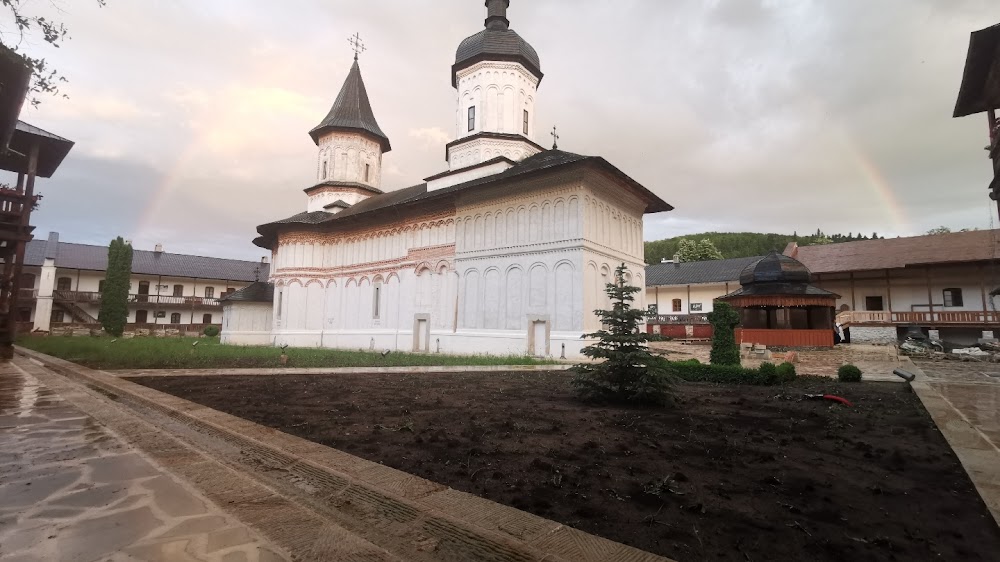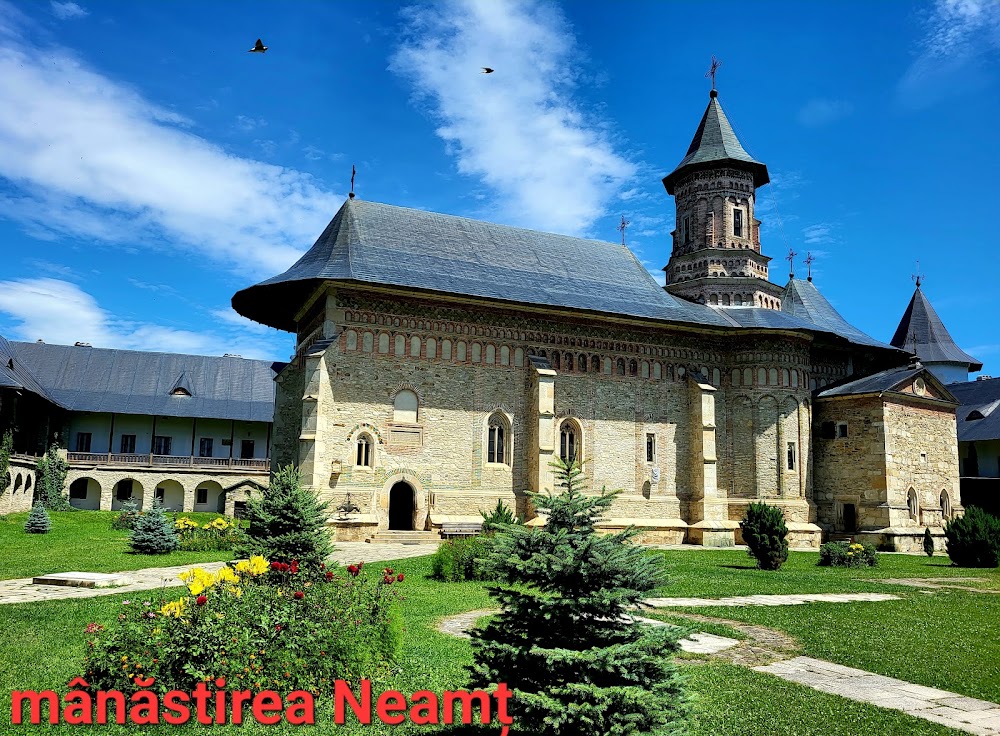Neamț Fortress (Cetatea Neamț)
Overview
Neamț Citadel: A Fortress of Resilience and History
Neamț Citadel, also known as Neamț Fortress, is a remarkable symbol of medieval resilience and architectural ingenuity located in Neamț County, Romania. Perched atop Pleşu Mountain, it offers a breathtaking panoramic view of the Târgu Neamț region, making it a captivating site steeped in history. The fortress's storied past mirrors the rich heritage of the nation itself.
Constructed in the 14th century during the reign of Petru I Mușat, Neamț Citadel was built to protect the region from invasions. However, its strategic significance truly emerged during the reign of Ștefan cel Mare, one of Romania's most celebrated rulers. In the late 15th and early 16th centuries, Ștefan the Great undertook significant expansions and reinforcements, transforming the fortress into a formidable stronghold.
Under Ștefan the Great's direction, Neamț Citadel underwent major architectural enhancements, including the addition of thick, towering stone walls and four imposing towers. The fortress's ingenious design features a complex layout that played a crucial role in successfully repelling attackers. A deep moat surrounded the structure, with access granted via a removable wooden bridge, ensuring that defenders had a tactical advantage during sieges.
One of the most extraordinary aspects of Neamț Citadel is its resilience in the face of multiple sieges. In 1476, the Ottoman Turks, led by Sultan Mehmed II, attempted to conquer the fortress but were met with failure. Similarly, in 1691, the fortress stood resolute against Polish invaders. Its sturdy walls not only safeguarded the Moldavian territories but also provided refuge for its people during turbulent times.
Despite its historical significance, Neamț Citadel has experienced periods of decline and restoration. In the 18th century, as Eastern Europe's political landscape shifted, the fortress's military relevance diminished, leading to neglect and deterioration. At one point, Prince Mihail Racoviță ordered its partial dismantling to prevent invaders from utilizing it.
In recent decades, however, Neamț Citadel has undergone several restoration efforts aimed at preserving its historical and architectural integrity. Modern renovations have made the fortress accessible to visitors while ensuring it retains its authentic medieval appearance. Today, it stands not only as a popular tourist attraction but also as a source of regional pride.
Visitors are often enchanted by the seamless blend of history and nature that characterizes Neamț Citadel. The journey to the fortress presents breathtaking views of the surrounding landscape, illustrating the strategic advantage enjoyed by its medieval inhabitants. Inside, the fortress reveals a labyrinth of stone corridors and chambers that resonate with tales from the past.
Moreover, Neamț Citadel serves as an educational hub, hosting historical reenactments and exhibitions that vividly bring the Middle Ages to life. Knowledgeable tour guides share captivating stories of grand battles, daily life within the fortress, and the legendary bravery of Ștefan the Great's soldiers. This immersive experience allows visitors to step back in time, gaining insight into Romania's rich medieval heritage.
In conclusion, Neamț Citadel is more than just a structure of stone and mortar; it stands as a testament to the history, culture, and indomitable spirit of the Romanian people. Its thick walls and towering edifices serve as a timeless reminder of a bygone era marked by heroism, strategy, and unparalleled resilience.







